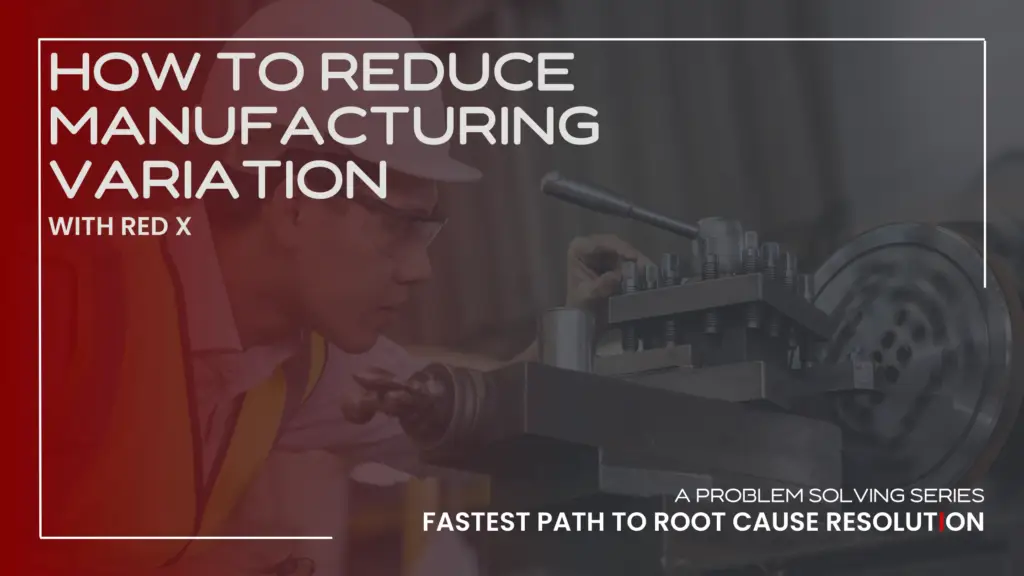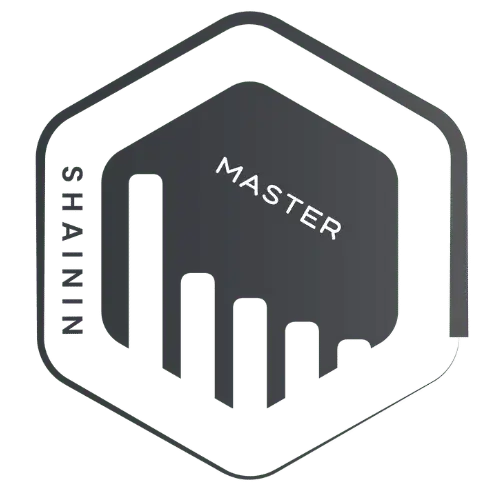Reducing Manufacturing Variation: its Not as easy as it sounds
Throughout his career, Marcus was no stranger to success. He was an excellent student, graduating with honors. In his first job after graduation, he quickly gained recognition as a promising young engineer within his organization and was rewarded with promotions and expanding responsibilities.
With broadening responsibilities, Marcus began to realize that while solving problems in the past had been easy, the more complicated problems he faced were proving to be more difficult. Throughout his academic career, he was always able to find the correct answer, and there was always a correct answer. In the real world, though, he quickly realized that many problems do not have only one right answer, and the problems are open-ended. Regardless, he was determined to find a way to get to an answer and felt confident in his ability to do so.
The Problem that Never Goes Away
One specific problem gave him quite a bit of trouble. Marcus had been assigned a project to find what was causing variation in the results of an in-process leak test for one of his company’s flagship products. The problem had plagued the organization for years. There were lots of theories, but no results. Eager for the opportunity and confident in his abilities, Marcus gladly agreed to take on the project, and set to work trying to understand all the nuances of this product and the leak test process.
The weeks turned into months, and Marcus was still struggling to find the cause of the leak test variation. The tools he had learned throughout his career, though critical to his success so far, were not yielding the same results now. Marcus could classify the capability of the process using the statistical methods he knew, he could describe the theoretical workings of the product and the leak test machine thanks to his courses in thermodynamics, fluid mechanics, machine design, and others. Even still, he was no closer to finding the cause of this leak test variation. He needed a new approach.
A Beacon of Hope
While discussing the issue with one of his colleagues, Leslie, Marcus learned about Red X. Leslie explained to Marcus that she had already solved several manufacturing variation problems using tools like a Strategy Diagram to understand what nonrandom patterns exist in the manufacturing process, tools like Isoplot or Stage 0 Component Search to evaluate measurement systems and ensure that the observed variation was not coming from the measurement system itself, tools like Multi-Vari, Concentration Diagram, Component Search, Operations Search, or Event to Energy Transform to converge on a suspect root cause by eliminating possible causes that could be shown to be insignificant with regards to the large variation of the population, and tools like B vs W 6 Pack or 5 Penny tests to finally confirm the suspected root cause as the true Red X causing the variation in manufacturing. The best part – Leslie had solved these complex problems in a fraction of the time that Marcus had spent trying to solve the leak test variation problem.
Finding the Root Cause
Empowered with the knowledge of this new strategy and toolset for problem solving, Marcus convinced his organization to invest in his problem-solving abilities. Marcus was trained in Red X problem solving, and with the help of his coach, was able to approach the leak test problem with a new perspective. Rather than focusing on how everything was supposed to work, he focused on the difference between the best and worst performing parts. With this new strategy, and with the application of Component Search, he quickly realized that almost all of the variation in the leak test results could be traced to a single component. When he compared the suspect components, he quickly noticed that the high leak rate parts had obvious porosity, and the low leak parts did not. When he presented the findings, he received swift pushback. Previous attempts at solving this problem had noted the porosity that Marcus had found. However, this porosity was eliminated as a possible root cause by the previous teams because it was deemed within the specifications for the component in question.
Confirmation of the Root Cause
Undeterred, and motivated by the evidence he had gathered already, Marcus conducted a B vs W Six Pack confirmation test which proved with 95% statistical confidence that the porosity he had found, in spec or not, was in fact the cause of the leak test variation. He again presented the results, and explained that while yes, the visible porosity on the surface of the component was within the print specification, what the previous teams had failed to realize is that the porosity created a leak path through the component entirely, causing the high leak value. Armed with the proof from his confirmation test, Marcus was able to convince the team to modify the print for this component to eliminate the porosity problem, and the performance of the leak rate station improved significantly because of the change.
Just Scratching the Surface
While Marcus had succeeded in his initial goals of learning a new way to solve problems and employing that knowledge to solve the problem at hand, as he reflected on what he had learned, he realized that there was much more to learn and many more problems to solve. Marcus recognized that his past successes were an excellent foundation, but he needed to continue to expand his problem- solving knowledge to prepare himself to solve any problem that may come his way in the future.
About the Author
DIRECTOR OF TRAINING SERVICES
Matt Peterson
While earning bachelor’s and master’s degrees in mechanical engineering from Clemson University, Matt worked extensively in engineering design research, most notably with BMW. He began his career as an instructor at Clemson University. From there, he went into the automotive industry, where he became a Red X Master working on a range of complex problems from component manufacturing suppliers to vehicle level problems. Matt joined Shainin in 2017, and has since become a renowned problem solver, coach, and instructor across Shainin’s different methodologies with experience across many industries, including automotive, aerospace, medical devices, and commercial and consumer products.




